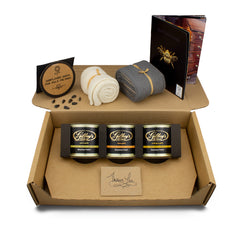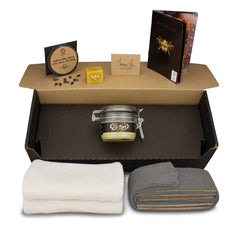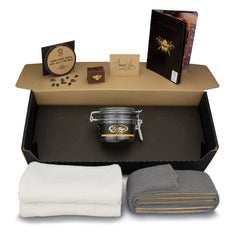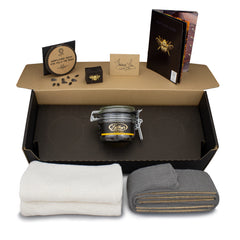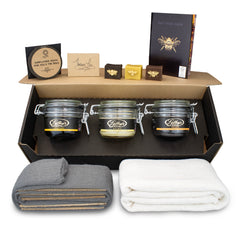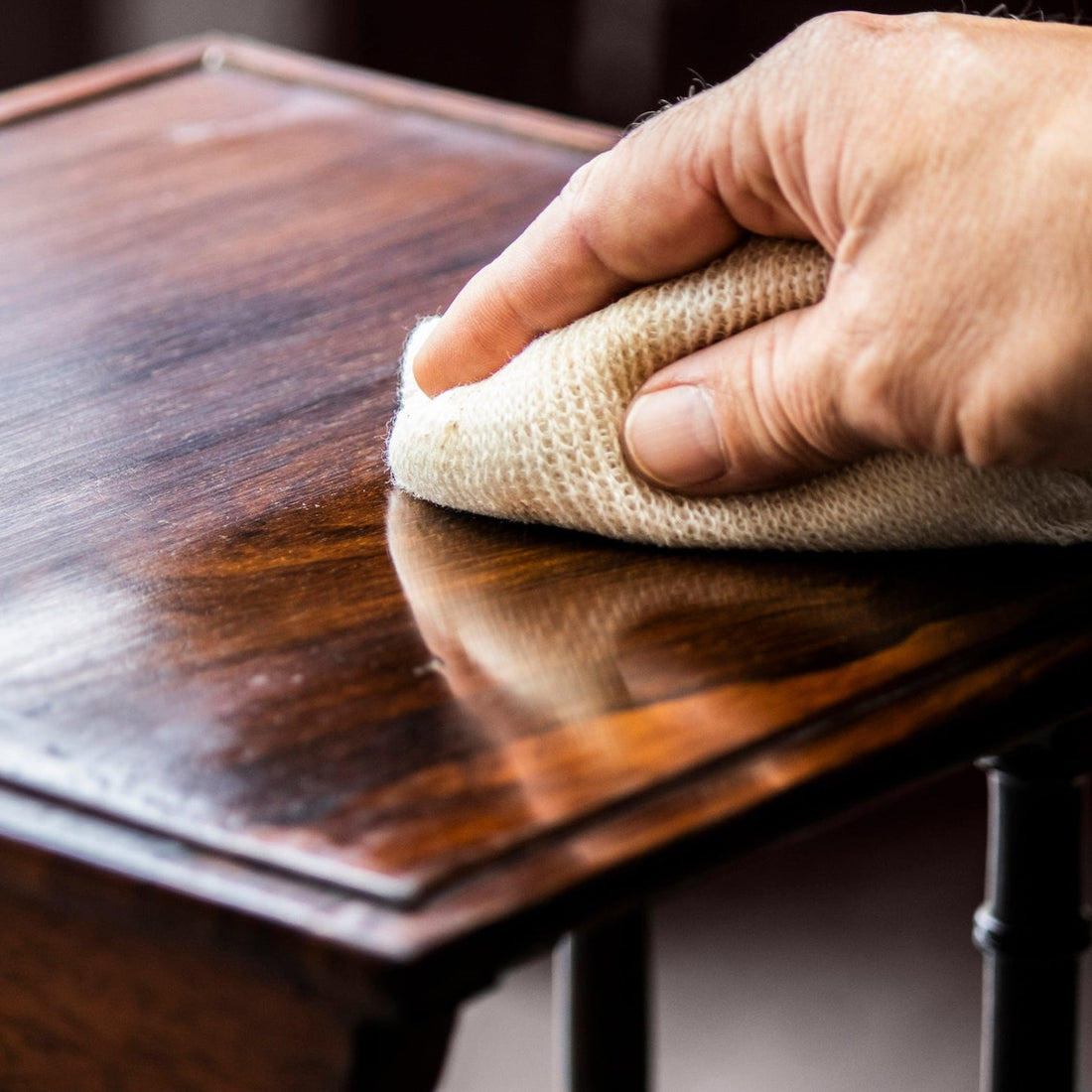
What is the best wood polish for antique and vintage furniture?
Simon GilboyShare
What a Good Beeswax Polish Should Do

There are two primary reasons we use furniture polish:
- To enhance the natural beauty of the wood
- To act as an easily renewable sacrificial protective layer
Yes, it can also be nourishing to sun damaged, worn and dull finishes, but perhaps not in the way that many believe it to be. I have heard so many times that a good beeswax polish should nourish the wood itself but this really isn't the case when dealing with the majority of antiques.
If the original finish has broken down so much that the surface is exposed then it needs the services of a professional restorer. Dull, tired and scratched finishes can be revived to very good effect with the application of a good wax polish and this is also where using a coloured wax polish will help rejuvenate the surface polish. I would say that we would use coloured wax polishes 90% of the time in the workshop.
The statement of 'nourishing wood' is very true when dealing with 17th Century and earlier oak, elm and walnut furniture. A good quality beeswax polish will revive much of this period furniture.
"When properly applied a single application of the best beeswax furniture polish will last for years and years"
Less is More...
In the majority of situations there is no need to apply beeswax polish more than once. As long as it is applied correctly, and not over applied, there should be just the right amount of high quality ingredients in the polish to achieve a good shine and generate a protective layer in just one application that should last for years and years.
There are a few circumstances when it may be necessary to apply a good beeswax polish a number of times. An example situation might be when reviving the colour on a faded or dry 17th Century oak coffer.
Why We Created Our Own Polish
"We struggled for years to find just the right polish and that is why we decided to make our own. The difference being if we made it ourselves we were not going to cut corners on the cost of the ingredients."
At the time of writing this we are entering our second year of our antique restoration programme for Buckfast Abbey in South Devon. The very kindly beekeeping monks provided us with their own triple-filtered beeswax so that we could make the best possible beeswax wood polish for the job. Buckfast Abbey have been supplying their incredible beeswax for our own polishes ever since.
A good beeswax furniture polish should have just the right rich quality of ingredients to provide a layer of protection to the furniture and further enhances the long term patination and protection.
The Problem with Cheap Polishes
Why would a person spend a considerable sum of money to buy or restore an antique (sometimes in the many thousands of pounds) to then later on apply a low-cost, low quality wax polish?
If ever the old adage of "you pay for what you get" is true, then it certainly is with cheap polish. Let's say you buy a tin of polish for £10.00; the retailer is making £3.00, the wholesaler makes £3.00, the manufacturer has labelling costs and the cost of the tin, not forgetting transportation - another few pounds. How much is left to pay for the actual contents which is going to be applied to your very treasured piece of furniture?
The answer is very little. With enormous pressures on extremely thin profit margins, the manufacturer is naturally going to source the cheapest possible ingredients and compromise the overall quality of the polish.
"Our intention at Gilboy's from the very beginning was to create a polish that complimented our services and to enhance the historical value of the furniture"
It was our focus to prolong the preservation and conservation of antiques and not "how much can we make out of this?"
Colour Matching Guide
We developed three shades of polish, specifically designed to bring out the best in similar coloured woods:
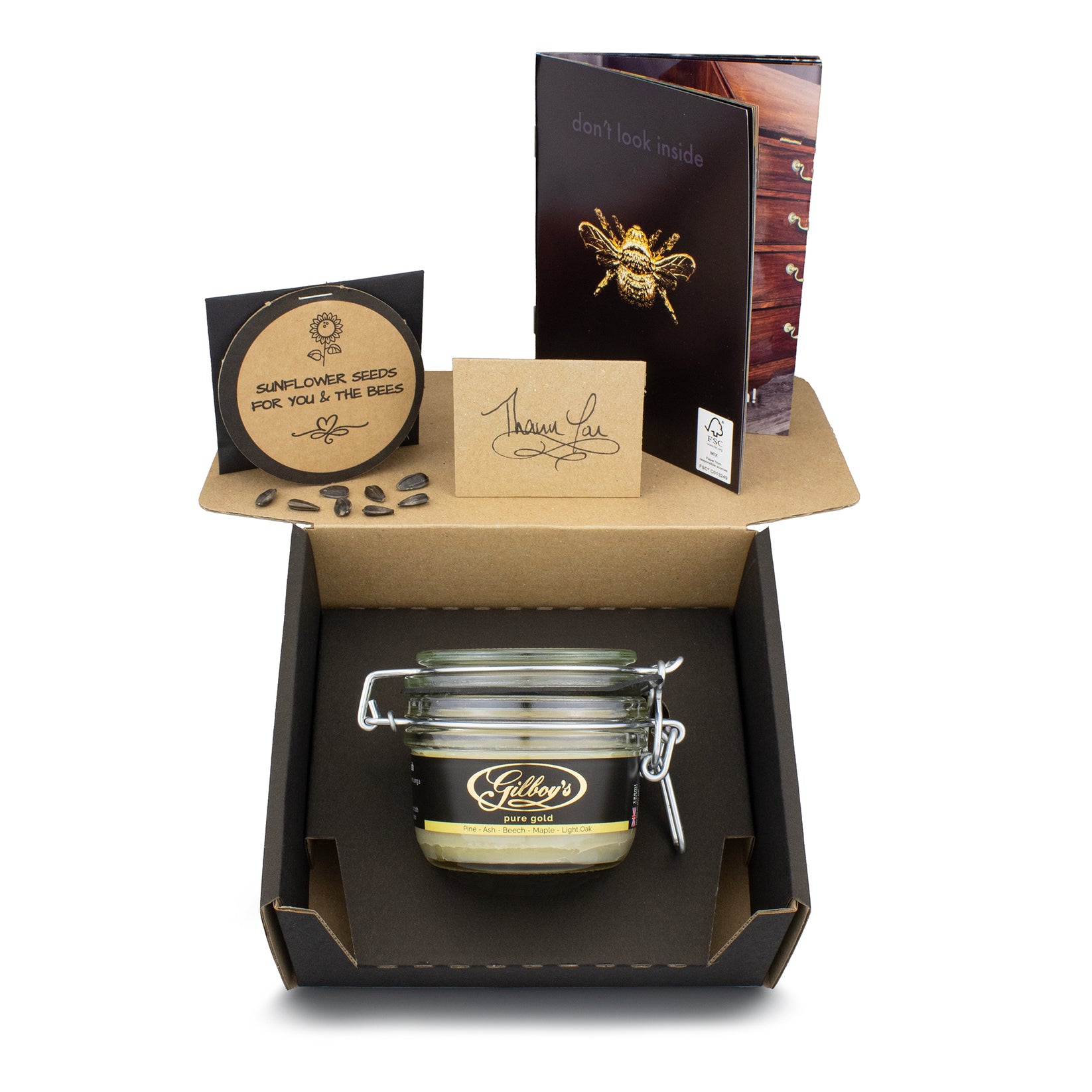
Pure Gold
Clear beeswax polish
Ideal for Ash, Beech, Maple, Light Oak and Pine. To restore the colour of sun-bleached woods we recommend using Rose Gold or Antique Gold.
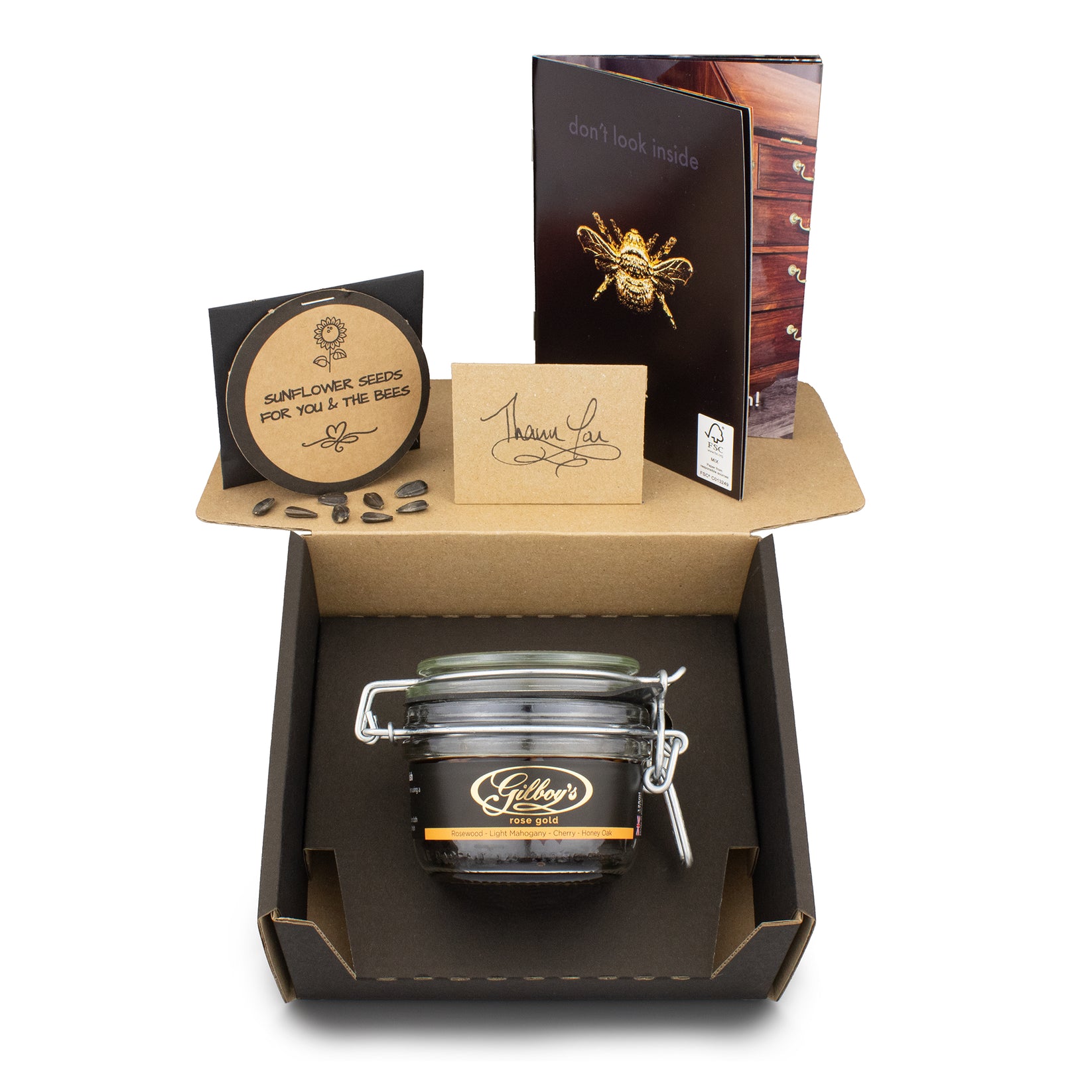
Rose Gold
Medium shade
Specially formulated for Rosewood, Light Mahogany, Cherry, and Honey Oak furniture or similar coloured woods.

Antique Gold
Dark shade
Designed for dark and antique woods such as Antique Oak, Mahogany, Walnut, Elm or similar dark coloured woods.
PRESERVING THE PAST, FOR THE FUTURE.
About Simon Gilboy
My name is Simon Gilboy and in 1987 at the age of 16 I was one of the last apprentices at Staverton Joinery in Totnes, South Devon. Staverton Joinery was owned by Dartington Trust at the time and employed up to 100 full time craftsmen, the majority of which had also been apprenticed by the Trust. Staverton Joinery attained a huge amount of respect within its field and was known throughout the country for decades as being one of the best joineries in the country producing furniture for the wealthiest of clients worldwide.
In March 1994 I opened the doors to my own furniture restoration business with the help of The Prince's Trust. By 2015 Gilboy's was the largest furniture restoration company in the South West of the UK.
Over the decades we have probably used all of the wax furniture polishes available on the market and we feel that this very rewarding process has been largely overlooked and undersold on its importance in the preservation and protection of furniture. The best wax polishes for antique and vintage furniture contain a high proportion of triple-filtered beeswax.
For years, our customers have been asking us "What is the best way to care for our furniture?" and now we can honestly say it is our polish. We have developed it in our own restoration workshop and used it on our own antiques. It took years to perfect it but now we think we have got it right. Gilboys Gold is made by us in South Devon and is entirely handmade by our small team of furniture restorers. It is made without compromise.

